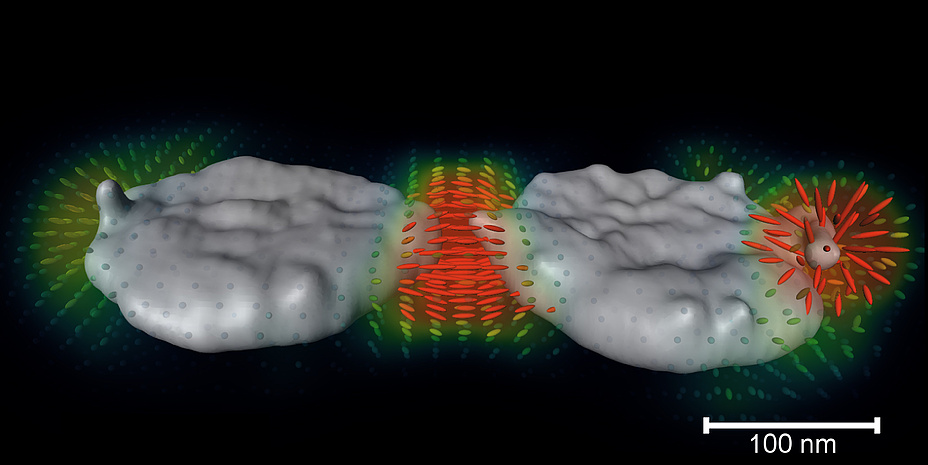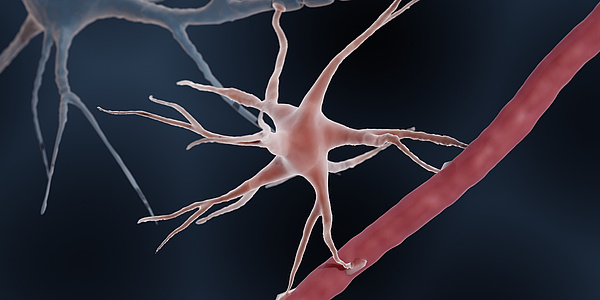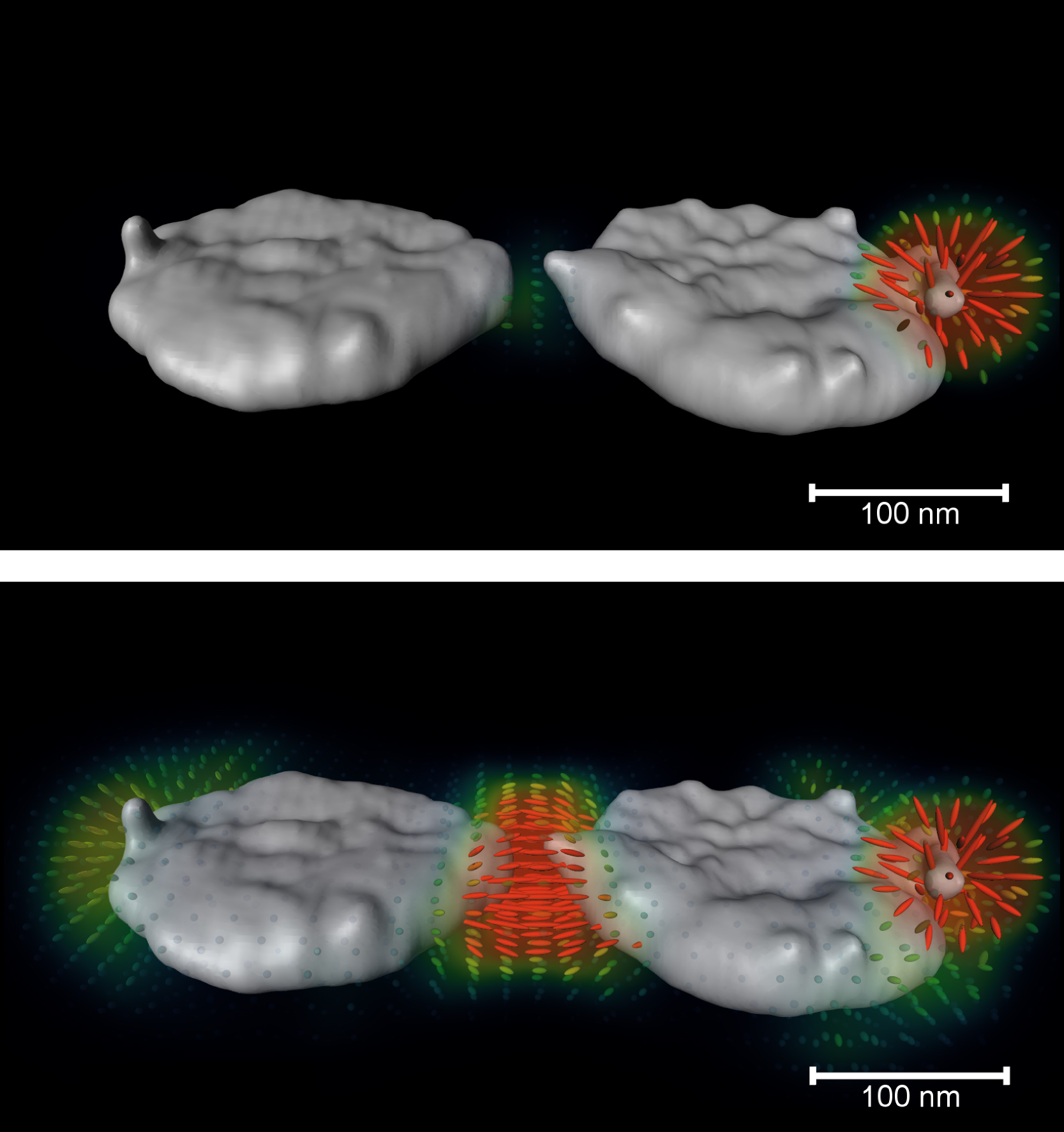NAWI Graz researchers measure light fields in 3D

Imaging plasmon fields
The direct observation of plasmon fields is only possible thanks to Austria’s most powerful electron microscope – the ASTEM, Austrian Scanning Transmission Electron Microscope, at the Graz Centre for Electron Microscopy. In the last few years, electron microscopy has developed into an ideal method for measuring plasmon fields. Gerald Kothleitner, head of the Working Group for Analytic Transmission Electron Microscopy at TU Graz’s Institute of Electron Microscopy and Nanoanalysis, elaborates: “A high-energy electron beam moves near the sample or penetrates it. Electrons in the vicinity of the sample experience a loss of energy, something we can measure spectroscopically. This results in two- dimensional images of plasmon fields at sub-nanometre resolution. Information about the third dimension along which the electrons move is lost in this method.”Breakthrough in 3D
In the present work which has been published in the open access journal Nature Communications, the NAWI Graz researchers could show for the first time how the third dimension can be reconstructed completely in the framework of a tomographic imaging process by rotating the sample and processing a series of tilted two-dimensional projections. This method works similarly to the computer tomography used in medicine and appropriately bears the name 3D-plasmon tomography. Kothleitner and Hohenester on the effects of their successful research: “By using this novel method it is now possible to measure plasmon fields in a way that will help better understand applications in the fields of sensor technology, solar cell technology and computer storage or even lead to new ones.”NAWI Graz
Strengthening, developing, combining and internationally positioning people with expertise in scientific research and teaching in Graz – these are the goals of NAWI Graz. NAWI Graz represents a scientific cooperation between the University of Graz and the TU Graz and includes joint teaching, research and doctoral programmes. All programmes in the natural sciences are offered in combination, and about 5,200 students are currently taking part.
Kontakt
Ao.Univ.-Prof. Dipl.-Ing. Dr.techn.
TU Graz | Institute of Electron Microscopy and Nanoanalysis
Phone: +43 316 873 8336
Email: <link int-link-mail window for sending>gerald.kothleitner@felmi-zfe.at
Ulrich HOHENESTER
Ao.Univ.-Prof. Mag. Dr.rer.nat.
University of Graz | Institute of Physics
Phone: +43 316 380 5227
Email: <link int-link-mail window for sending>ulrich.hohenester@uni-graz.at






